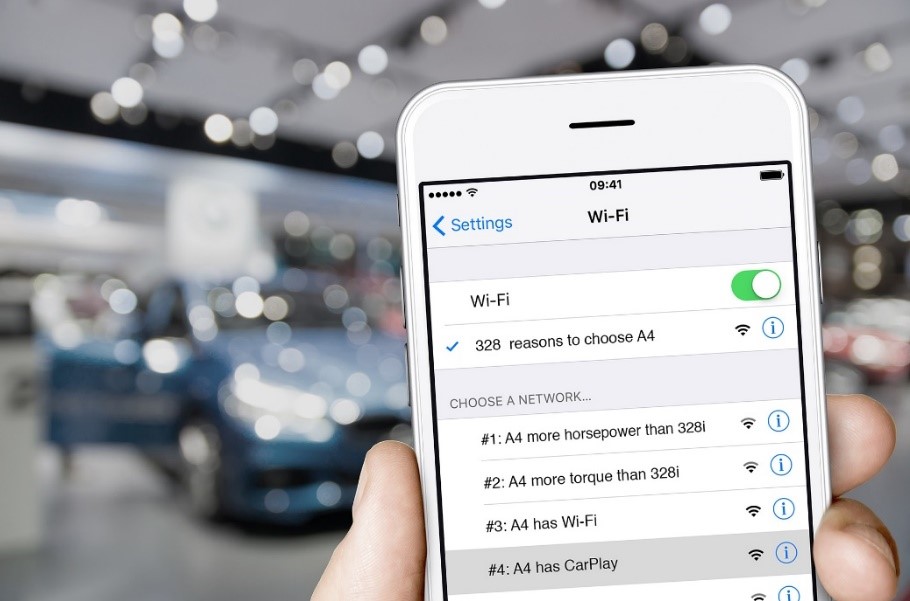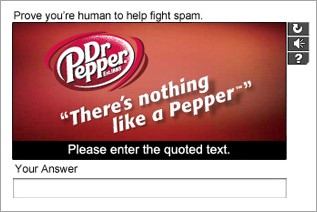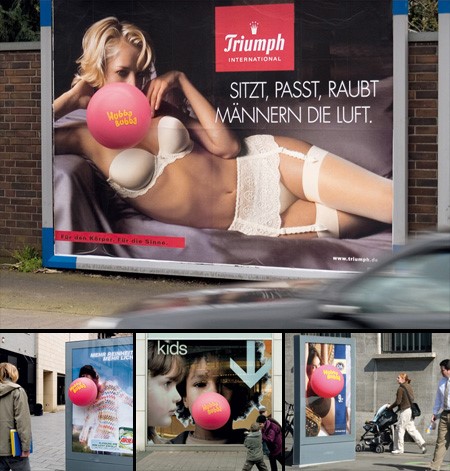5 unique advertising methods
Trying to get heard amongst all the competing advertising noise out there is not easy. Estimates suggest we are exposed to over 10,000 brand / company messages each day. Clearly, advertising is highly competitive. Millions of different companies and brands are fighting for the attention of their target audiences each day. Online, in print, on TV, radio, billboards, mobile and more, advertisers are in danger of drowning each other out. With this in mind, companies are always on the lookout for unique and innovative ways to get their message across.
This week, we thought it would be interesting to take a look at some of the more unusual advertising techniques. Here are some of our favourites.
1. Wi-Fi network names
In March 2016, Audi attended the New York auto show with a unique and clever advertising hack. The German car company set up a number of free Wi-Fi networks and gave each network a name that doubled up as an advertisement for the back-then brand new Audi A4. Each network was named with one reason to choose the A4 and also bashed their rival BMW 328i at the same time, including statements such as “#:1 A4 more horsepower than 328i” and “#4: A4 has CarPlay”. It’s not the first time a company has used Wi-Fi networks to double up as advertising, but we can see how it could be an effective and amusing marketing technique to get your brand or product stand out, particularly for an event where free Wi-Fi is just about the first thing mobile users look for.

2. On our food
Using a laser etching technique, brands have even found a way to safely advertise on our food! This advertising technique is most commonly found in Butcher’s markets to advertise sellers produce, or in the health and fitness industry for advertising the likes of gym memberships or nutritional advice. Laser etching or printing on foods has typically been used in the food industry to mark produce with dates and numbers to identify their location or factory source. Taking inspiration, some brands have now hijacked this technique, adding messaging to their food. Alongside meat, the technique has been seen on egg shells and even the skins of fruit and vegetables, including avocados, melons and potatoes.

3. Human Body
Have you ever heard of forehead advertising? No, us neither! But some people are willing to do bizarre things to make money, one of which is getting yourself tattooed with a logo or company’s website address. The tattoos can be temporary or permanent and are not just limited to the forehead; people have sold areas of their arms, neck, chest and legs to make some serious buck! Similarly, a Japanese advertising firm recently sold advertising space on commuters armpits to a beauty treatment clinic. The advertisements measure nearly 2” x 4”, are placed in the armpit and cost approximately £68 for one hour of exposure on a commuter train or bus. We’re not sure if this advertising technique will take off in the UK but keep an eye out.

4. Captchas
We’re all familiar with captchas, those annoying boxes that appear on websites. They often appear when entering personal credentials to purchase something online or to access an account. A captcha will usually ask you to type a series of letters or a phrase into a box to prove that we’re not spam robots. They display text in a distorted font, a range of upper case and lower case letters or with a line straight through, supposedly making it too difficult for anything non-human to decipher. Sometimes they may even show a series of images to click on or a short video with a message at the end which you need to copy into the box. The aim is to ensure that a response is not generated by a computer, but copied by a human behind a screen and they are deemed necessary for protection against spam. While banner ads can often be overlooked and ignored, captchas require a user’s undivided attention and advertisers caught onto this. Captcha’s use of words and pictures are more often random and have no significance, but some companies have purchased captcha space to use them to advertise their names, slogans and brand. They can also include clickable links to their website and run on a PPC model or cost per impression basis. They might be irritating, but they cannot be ignored.

5. Hi-Jack other advertisements
Advertisements can be costly and coming up with an ad that is creative and unique can be hard work, costly and time consuming. So why not save the money and effort of designing an ad and instead deface another advertisement by placing your own label right on top of it? In Germany, Hubba Bubba adopted a questionable-at-best guerrilla advertising campaign which involved using other brands’ advertisements to display their iconic bubble gum. They hijacked billboards advertisements containing people, including a model advertising a lingerie brand, and added pink balloons with the label Hubba Bubba over their mouths to replicate a bubble gum bubble. Hubba Bubba is iconic for their creative and unusual advertisements and this type of guerrilla marketing definitely caught people’s attention.

What are some unique or clever advertising techniques you’ve come across? We’d love to hear your thoughts! Email us at info@tlc-business.co.uk.
